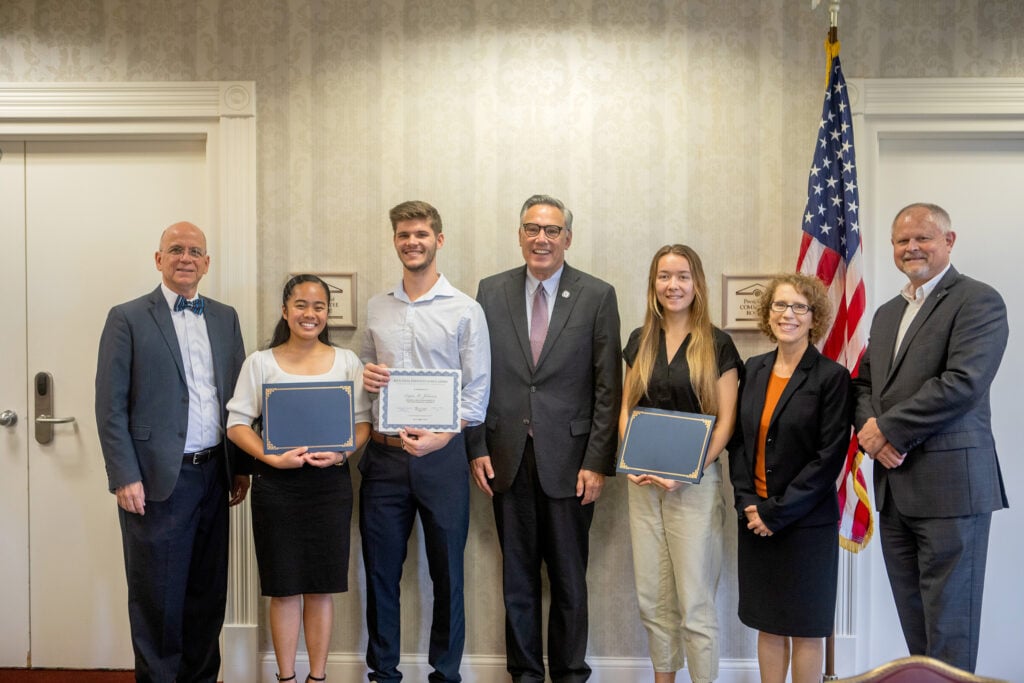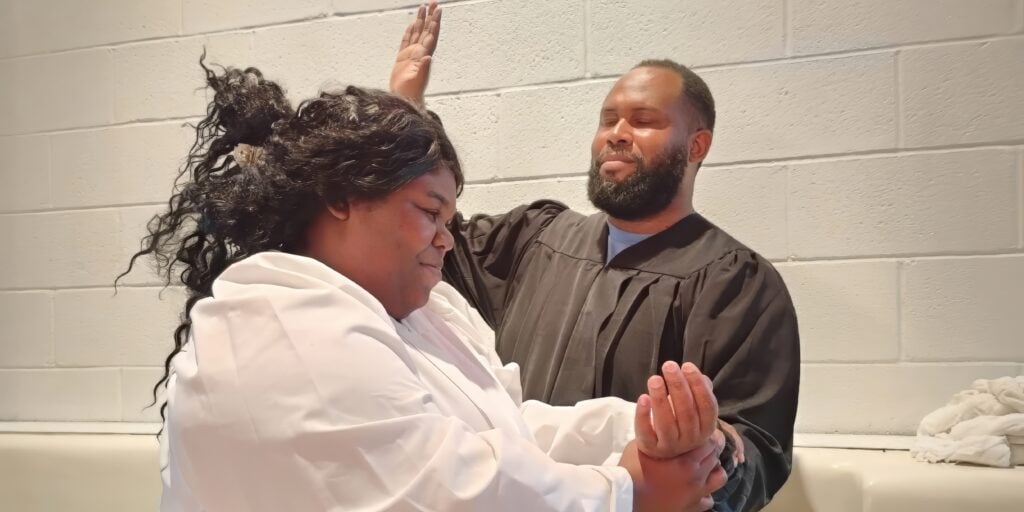When we use the term “community” in church these days we typically mean one of two things. We may be simply referring to the people who live and work around us, or we may be referring to a feeling of fellowship with other people who have interests, goals, dreams, or struggles in common. We will be mostly addressing the issue of creating, sustaining, and growing the latter in virtual spaces.
Early in 2020 when the COVID-19 pandemic resulted in wide-spread quarantines that shut down church buildings all around the globe, most of us faced the challenge of trying to figure out how to do ministry effectively in a media space we had spent quite a bit of time demonizing. Of course, some pastors, churches, and tech teams were already finding ways to be relevant and effective in social media spaces, but for many others YouTube, Instagram, Twitter, TikTok, and Facebook were all just part of a diabolical scheme to secularize, water down, and neuter the gospel.
Upon making the plunge, however, attention naturally turned to two main things: how to make the technology actually work in these new spaces, and then how to create better programming that would grow bigger audiences — or at least just help us not lose the ones we already had.
While many of us struggled with Zoom, and FaceBook and YouTube; and cameras, and lighting, and audio; and trying to get people to turn their mics off, and to turn their mics on; and avoid the nose hair and forehead and “no your camera is not on” shots, other churches, even in some of our large cities, felt that they didn’t have the resources or that they simply couldn’t be bothered so they just stuck with doing church on conference calls throughout the pandemic.
The adventurous among us began to explore software and services like Stream Yard, Restream, OBS, Ecamm, and various others. In the whirlwind of newness and busyness we focused on presence, polish, and preaching. Those are all great and helpful and even necessary, but the thing that most of us needed more while our people remained separated and isolated we either didn’t focus on at all or just had no clue how to do it. In short, we spent very little time and effort and training and resources and intentionality on creating, sustaining, and growing community in the virtual space.
In hindsight, this is what I think I’ve learned. The way forward in ministry in the virtual space will have much more to do with creating community and much less to do with creative content and programming.
We can say it many ways, but I think it’s safe to say that, at its core, our mission is discipleship; and discipleship never happens in a vacuum. Both by God’s design and by His command, disciples are made by other disciples, in community.
We can have throngs of people who come, sit, watch, enjoy, and who are blessed by our virtual programming. But I’m pretty sure that by now we can all agree that attendance, or “views” — or any other type of vanity metric — is not the mission. To be honest, they can be very deceptive tools when trying to analyze the effectiveness and impact of our ministries. Here’s a tip: Studying your audience’s average watch time in comparison to the total length of your programming will likely paint a very interesting and sobering picture of the effectiveness and efficiency of the time your ministry spends in the virtual space.
When we focus solely on programming without featuring community then we have jeopardized the opportunity for discipleship right out of the gate. If we are only relying on the presence and polish of our programming, then anyone who comes up with “better” programming will always have a stronger pull on our audiences than we do. Better cameras, better mics, better tech, better format, better graphics, better production, better music, better preaching can always be found somewhere else, and if not now, then just wait until next week.
We’ve got to find ways to build virtual spaces and communities that just feel like home. Sure, people will stream-hop and go visit other places, but there’s never any place quite as familiar and “just feels right” like home. Especially in the virtual space, we must find ways to win people with relationships, and not just with rationale.
I’ll leave you with a truncated version of at least four things ministry teams can explore and develop together that can help facilitate creating, sustaining, and growing real community in your virtual ministry space.
Communication
- Talk during church – you want your audience talking with each other.
- Provoke conversation among your viewers during your content delivery.
Content Diversity
- Present more than just worship services and Bible studies in your virtual spaces.
- Try adding short form content in your virtual ministry space (1,200 words or less, or no more than two minutes and 20 seconds).
Collaboration
- Collaborate with other churches and organizations in your area to address community concerns in your virtual ministry space. They will help you grow your community.
- Collaborate with other churches and organizations outside of your area to address common interests and objectives. Your community is no longer limited to local growth.
Consistency
- Deliver your content on a consistent basis – Helps to make your ministry someone else’s habit.
- Develop a brand consistency in your content so you become easily and consistently recognizable.
— Anselm Paul is pastor of the New Hope Seventh-day Adventist Church in Fort Lauderdale, Florida; the original version of this article was published by the North American Division Ministerial Association.




